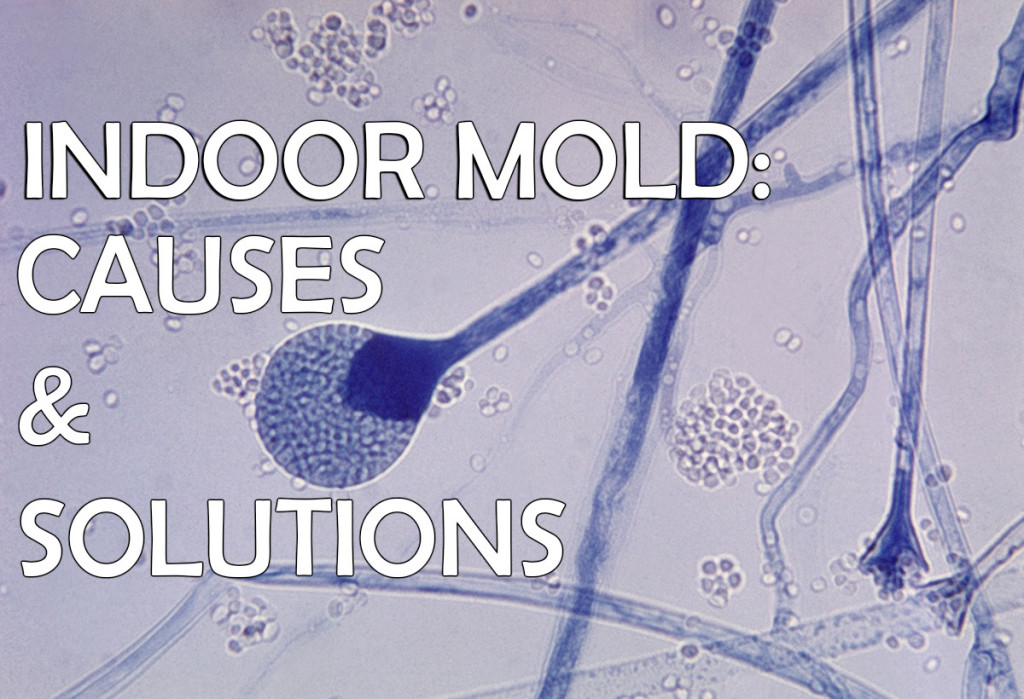
Indoor Mold: Causes & Solutions
Posted by
on
Apr 28, 2014 in
If you find mold growing in your place, it’s a bad sign for the health of your home – and can be terrible for the health of those living inside it. The mold that many people are familiar with is commonly referred to as Toxic Mold. It has a nasty reputation, for good reason: it can cause health issues for your family if it is growing in your home. Common symptoms upon exposure to this mold variety, which grows on papers and wood, include coughing, watering eyes and headaches. While indoor mold is definitely not ideal, the good news is that it is useful as potentially serving as a warning sign of the health of your home.
What Causes Mold to Grow Indoors?
Toxic Mold can indicate the presence of a number of issues, which is why although it’s off-putting, spotting it early can actually be a good thing. Toxic Mold can indicate –- Excess moisture, which is sometimes a sign that there are leaks or cracks — that might otherwise go undetected – allowing water to seep in.
- A lack of ventilation;
- Poor air quality.
- Regular vacuuming – dust acts as a reservoir for mold spores;
- Ensuring humidity levels are not too high within your home environment;
- Making sure that potential problem areas have proper ventilation.


